Researchers used the chip to test a simple neural net and identify numerals with 100 percent accuracy.
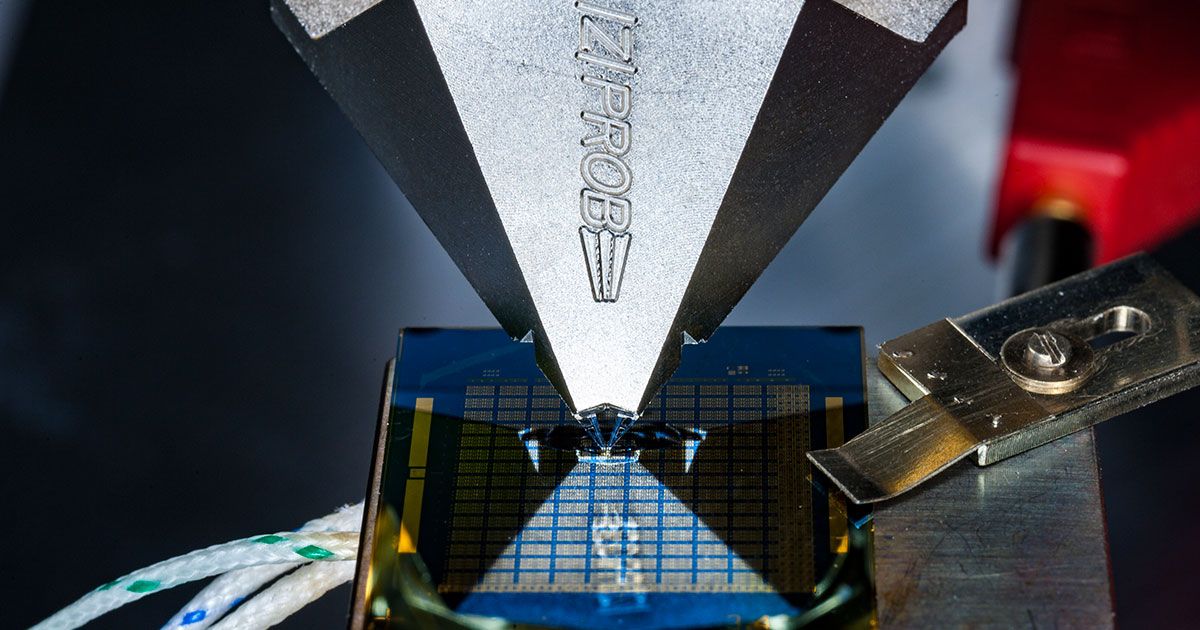

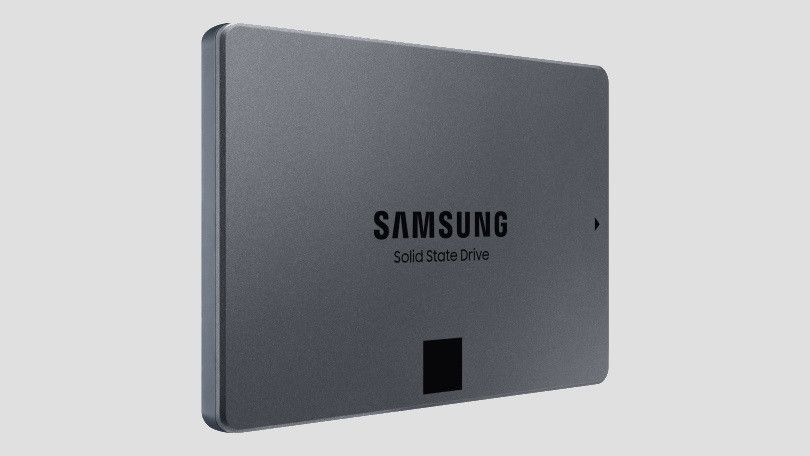

That quantum mechanics is a successful theory is not in dispute. It makes astonishingly accurate predictions about the nature of the world at microscopic scales. What has been in dispute for nearly a century is just what it’s telling us about what exists, what is real. There are myriad interpretations that offer their own take on the question, each requiring us to buy into certain as-yet-unverified claims — hence assumptions — about the nature of reality.
Now, a new thought experiment is confronting these assumptions head-on and shaking the foundations of quantum physics. The experiment is decidedly strange. For example, it requires making measurements that can erase any memory of an event that was just observed. While this isn’t possible with humans, quantum computers could be used to carry out this weird experiment and potentially discriminate between the different interpretations of quantum physics.
“Every now and then you get a paper which gets everybody thinking and discussing, and this is one of those cases,” said Matthew Leifer, a quantum physicist at Chapman University in Orange, California. “[This] is a thought experiment which is going to be added to the canon of weird things we think about in quantum foundations.”
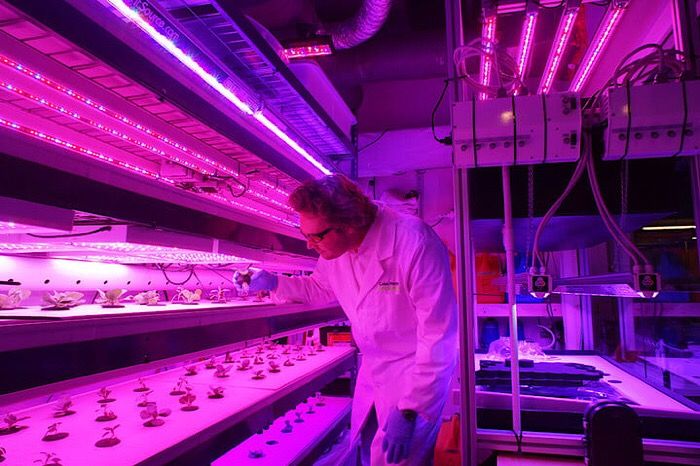
I’m Caleb Harper, principal investigator and director of the Open Agriculture initiative at the MIT Media Lab. Kent Larson courtesy of MIT Media Lab.
In his book Tomatoland: How Modern Industrial Agriculture Destroyed Our Most Alluring Fruit, Barry Estabrook details how grocery store tomatoes are both less nutritious and delicious than those grown decades ago. Industrial farming now grows crops for yield, sacrificing taste and vitamins for an easy-to-harvest, shippable product. It’s why apples at your local supermarket are probably about a year old. Caleb Harper, a principal research scientist at MIT and director of the OpenAg Initiative, wants to use technology to grow food that’s healthier, tastier, and more sustainable.
“Growing for nutrition and growing for flavor, it’s not really something anyone does,” he told Digital Trends at the recent ReThink Food conference in Napa, California.
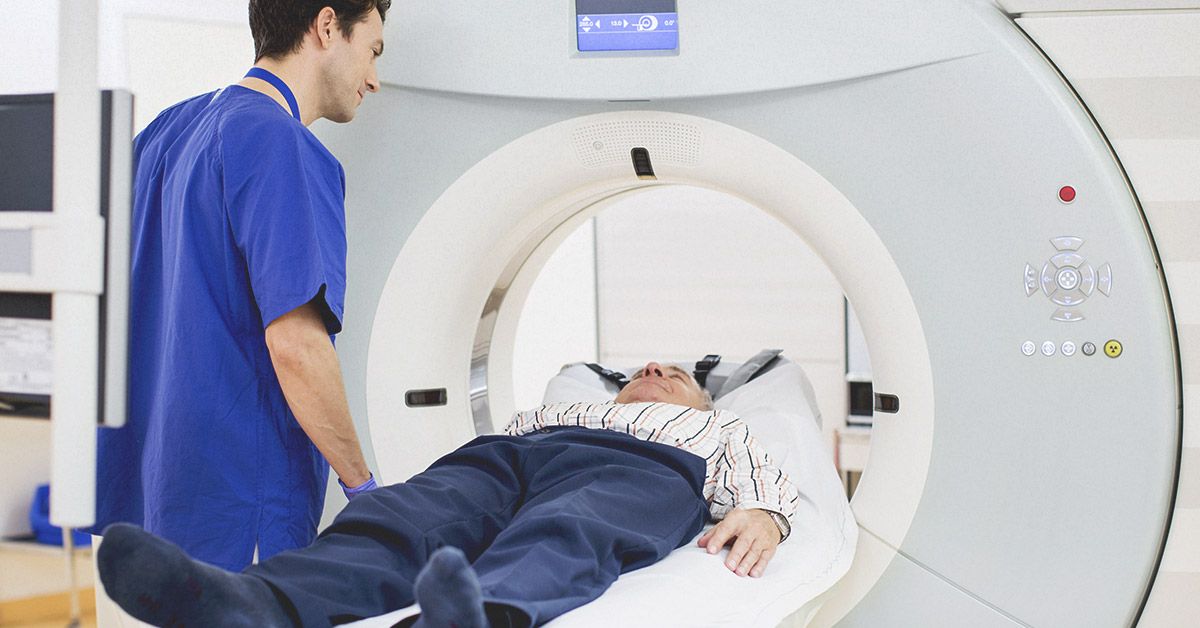
But while screening can be extremely helpful, it also carries some risks. Here’s what you need to know about lung cancer screenings.
How does lung cancer screening work?
Currently, there’s only one recommended screening test for lung cancer: low-dose computer tomography (low-dose CT scan). This test creates images of the inside of the body — or in this case, the lungs — using low doses of radiation.
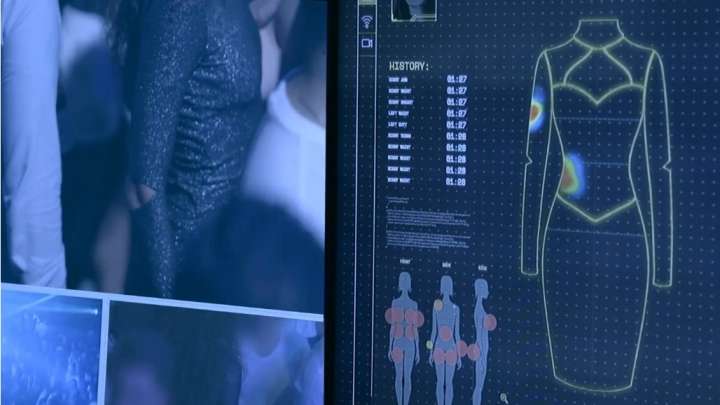
Even after the rise of #MeToo, disbelief is all too commonly the outcome of reporting sexual harassment and assault. Many women describe the experience of having men they trust doubt the severity and frequency of what they have to put up with as painful as the experience itself. Advertising agency Ogilvy wondered if men would be more likely to pay attention to smart clothing than the women in their lives, so they created dresses that keep a record of events.
The dresses have sensors sewn into them that record contact and pressure. Any impact on a sensor is sent via wifi to a computer that not only keeps track of what is happening but translates it into a heat map of location and time of contact with the body.
When three women wore the dresses to a Brazilian party, they were touched non-consensually 157 times in less than four hours – a rate of more than once every five minutes per woman. As the video below shows, this is despite repeatedly telling the men involved to stop.
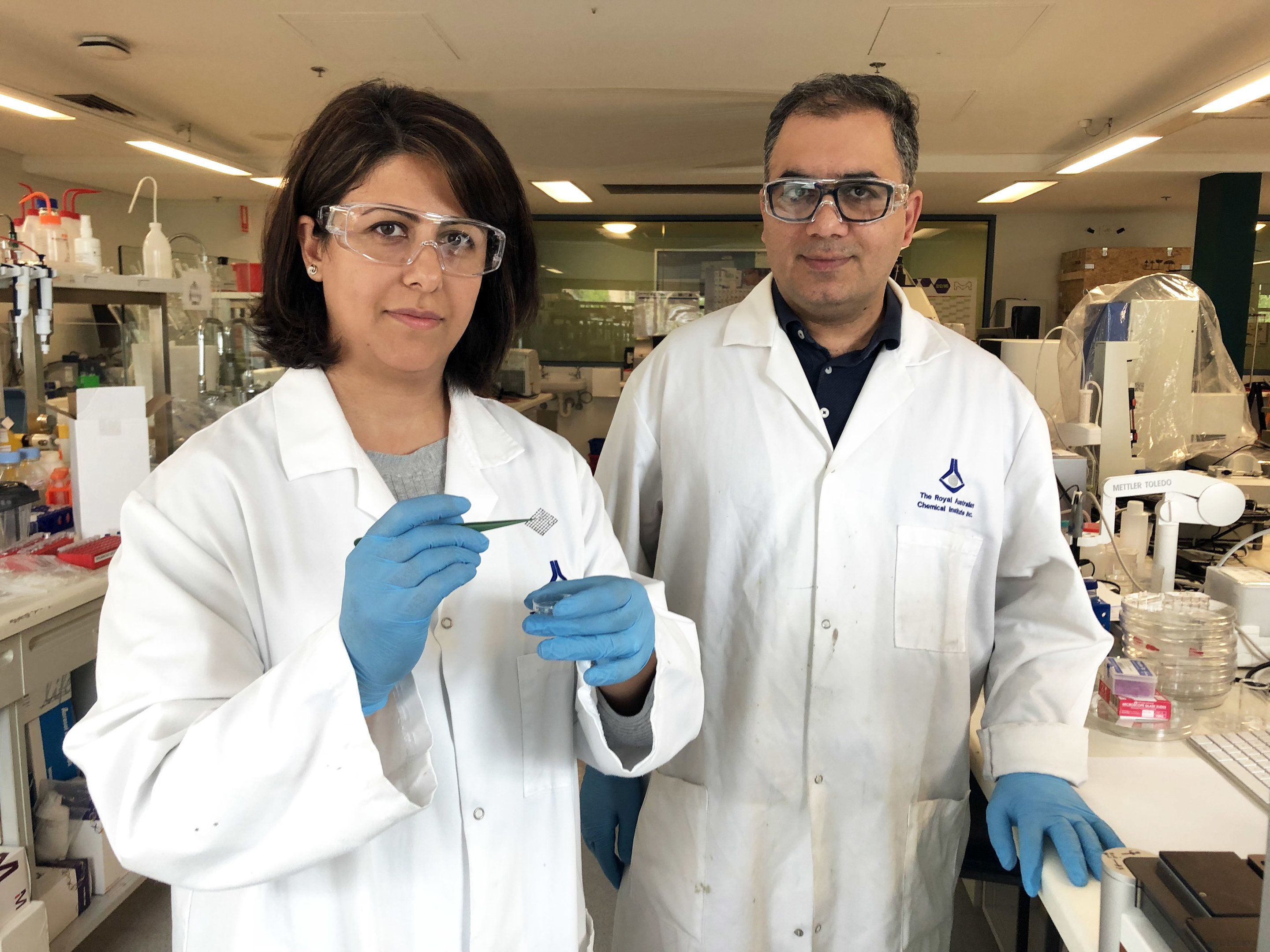
New research reveals why the “supermaterial” graphene has not transformed electronics as promised, and shows how to double its performance and finally harness its extraordinary potential.
Graphene is the strongest material ever tested. It’s also flexible, transparent and conducts heat and electricity 10 times better than copper.
After graphene research won the Nobel Prize for Physics in 2010 it was hailed as a transformative material for flexible electronics, more powerful computer chips and solar panels, water filters and bio-sensors. But performance has been mixed and industry adoption slow.
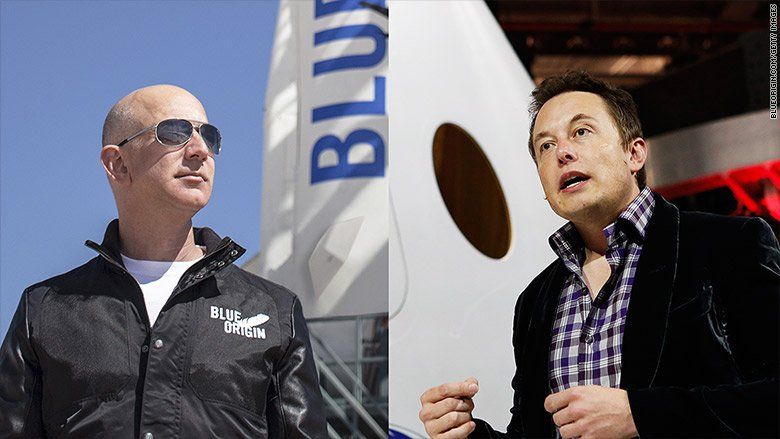
There are huge multi-trillion dollar opportunities developing with Space and the further evolution of the internet.
Space launch and space satellites were already a $300 billion per year industry. Cloud Computing is a $200 billion market in 2018. Global Internet services is a $600 billion market. The Global IT market is nearing $5 trillion in size. The global Auto industry is $2 trillion in size. The Global supply chain industry is $40 trillion in size.
Space launch, Internet and communication, Internet of Things, Space mining, Space Colonization will each become future multi-trillion markets. Those that are already trillion dollar markets will become even larger.
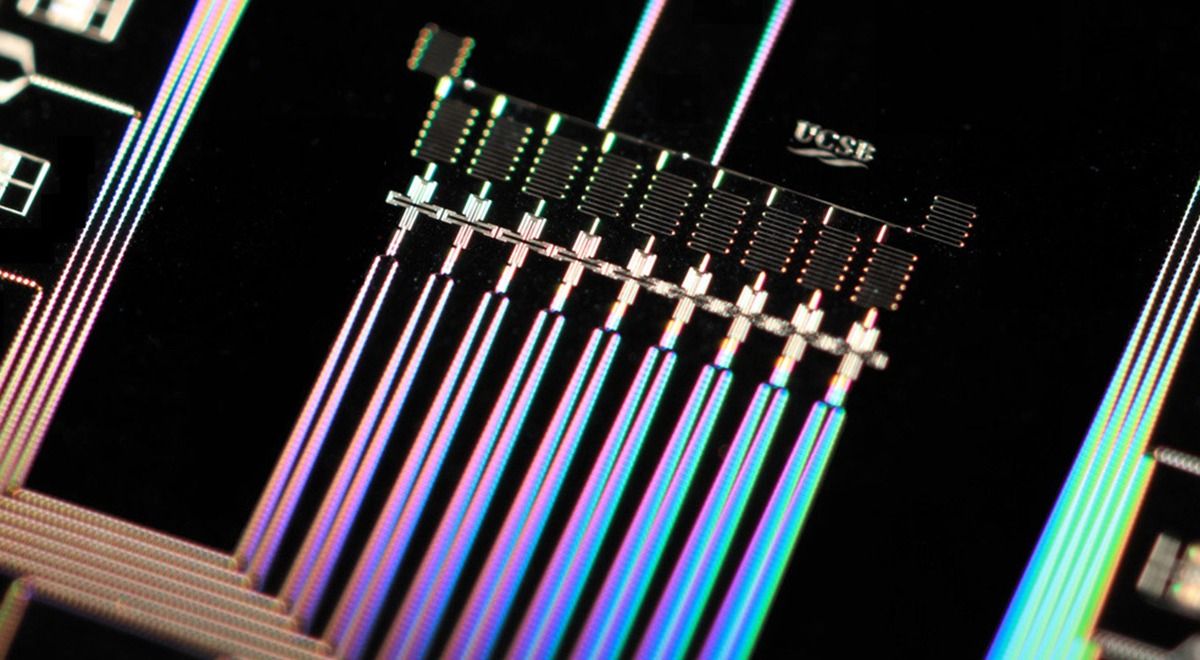
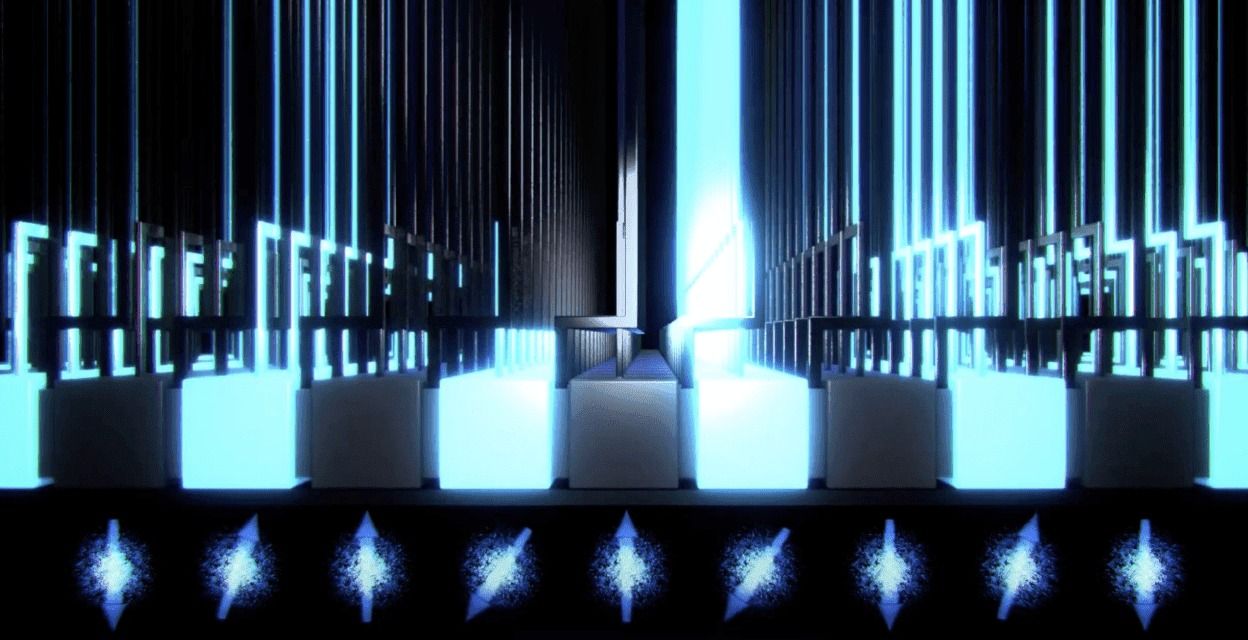
NSW university has set up a Quantum Computer Company
Silicon Quantum Computing Pty. Ltd. (SQC) is working to create and commercialize a quantum computer based on world-leading intellectual property acquired from the Australian Centre of Excellence for Quantum Computation and Communication Technology (CQC2T). We have set ourselves a bold ambition: to develop a 10-qubit quantum integrated circuit prototype in silicon by 2022.